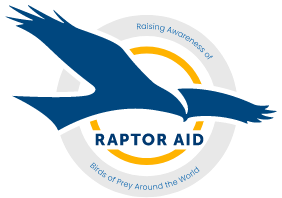Road Traffic
You are probably not surprised to hear that roads are not good for wildlife. Although the overgrown verges of a highway can be beneficial for wildlife, the roads themselves are a very dangerous prospect for any animal. Birds of prey in the UK are no different and more species are coming into contact with road traffic.
Each year, thousands of birds of prey are either killed or injured on roads including Common buzzards, Kestrels, Tawny owls and Barn owls. The Barn owl can be severely affected by roads; the Barn Owl Trust estimates that, in a typical year, Britains' 4,000 pairs of Barn Owls produce roughly 12,000 young and a staggering 3,000 of these are killed on roads.
The Hawk and Owl Trust have carried out research within Norfolk to try and find a way of minimising road casualties. They hope to install deflectors which emit a sound to warn owls and other wildlife when triggered by car headlights. Approximately 70-80% of young birds of prey do not make it through their first year; a large portion of this figure will be taken up by traffic considering the UK now has 28.7 million licensed cars on the road (2012).
Wildlife killed on roads can also have some scientific value, Cardiff University run Project Splatter which as of 2018 has recorded over 50,000 road kill on UK roads. This data is analysed by the university to find out the impact of roads and help highlight hotspots where certain species may be suffering the most. ( https://projectsplatter.co.uk)
Approximately 70-80% of young birds of prey do not make it through their first year; a large portion of this figure will be taken up by traffic considering the UK now has 28.7 million licensed cars on the road (2012).
If you come into contact with an injured bird of prey on a road never put yourself in danger, but if it is safe to stop you might just save a life! Take a look at our injured birds page for advice on how to pick it up and what to do.
